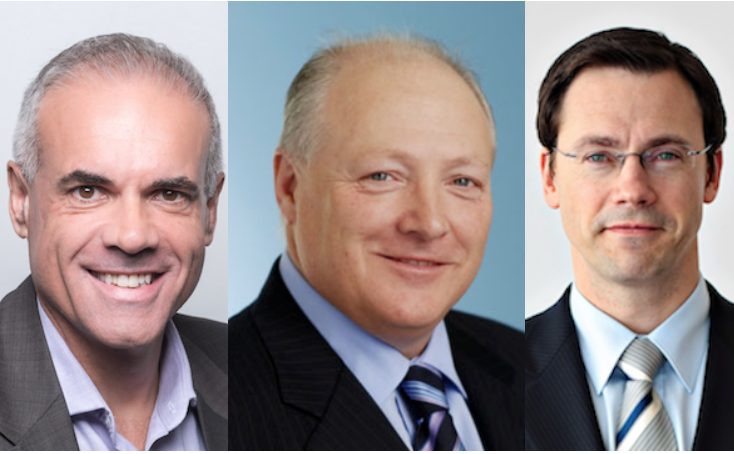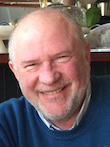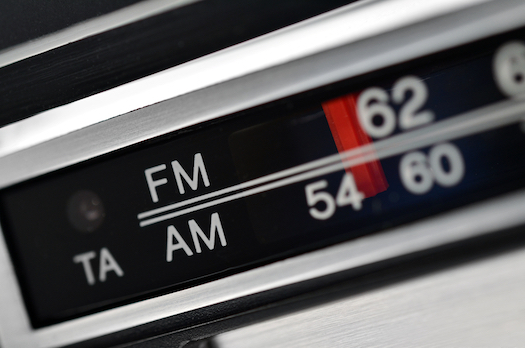Peter Saxon asks Duncan Campbell, Adam Lang and Graham Mott.
Ever since anyone can remember, the number one station in Sydney and Melbourne has been AM Talk. 2GB and 3AW respectively. And prior to ‘the great wailing and gnashing of teeth of 2002,’ when Alan Jones and Ray Hadley jumped ship, it was 2UE and 3AW. Not only that, but until recently, one could rely on the ABC’s Local outlet, also on AM, to come second in those two cities.
In the other markets though, Brisbane, Adelaide and Perth, music stations on the FM band lead the way. No need for the spin meisters in those markets to qualify their claim to number one with an “FM” suffix.
Why is this so?

Above: Duncan Campbell, Graham Mott, Adam Lang
“That’s an interesting observation and it’s also accurate and backed up by the numbers,” confirms ARN’s Duncan Campbell. “With respect to those who are in those other markets, you’ve got some very high quality broadcasters in Sydney and Melbourne on Talk.”
Over at MacRadio, which operates nothing but AM Talk stations, CEO Adam Lang agrees and puts it down to pedigree as well, “I would argue that it’s the length of success more than the disposition of any city to talk or music. Talk radio has had a very long history of success in Sydney and Melbourne and you can look across ABC and commercial versions of talk and including sport too.
“In Brisbane, Adelaide and Perth. I think really what we haven’t had, chiefly in Breakfast, is the superstars that we have in Alan Jones, Ray Hadley, Ross Stevenson and John Burns and Neil Mitchell. It’s incumbent upon us to develop those success stories in Brisbane and in Perth. I think that the audience is there for talk in every city but we just haven’t developed the ‘proof of it’, if you like, over time.”
When you do the analysis, most people say that they actually prefer music.
Radio Hall of Fame inductee Graham Mott has successfully program managed both music and talk stations and previously held Adam Lang’s position with Fairfax and prior to that, at Southern Cross. Mr Mott agrees with both Mr Lang and Mr Campbell but also argues that audience share for music is split between more stations, which elevates AM Talk.
By the numbers, Sydney has 15 surveyed stations to Melbourne’s 14, Brisbane’s 12 and Adelaide and Perth’s 12 each.
.
“When you do the analysis, most people say that they actually prefer music. However, when you’ve got enough music stations and a big market like Sydney and Melbourne then you cut each other in half, and your talk radio stations stand out as extremely successful – albeit in the older demographics.”
Mr Mott goes on to cite another reason why music dominates in some cities, “Demographically, Brisbane and Perth are on average the youngest cities in Australia. Therefore, that older audience that normally flocks to talk radio is vastly outnumbered by younger age groups.”
Adelaide, however is a little different, the audience is older and a resurgent FIVEaa is currently sitting on a very healthy 10.5 share overall.
When all’s said and done, according to Mr Mott, it still comes down to the available talent in each market.
“The top talent works in Sydney and Melbourne. No question about that. And the third best talk talent works at FIVEaa. We always had trouble finding good talk talent and good talk producers.”
Note: This article was first published in June 2018 and has been updated.

Peter Saxon

